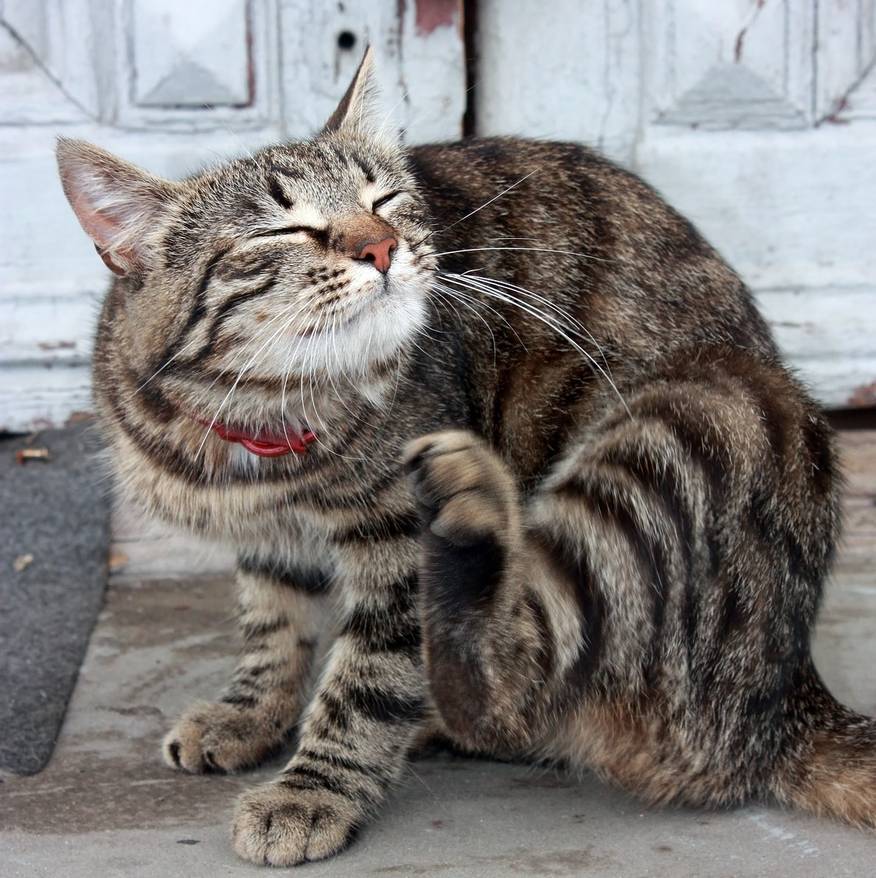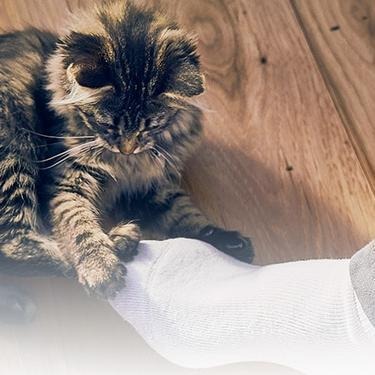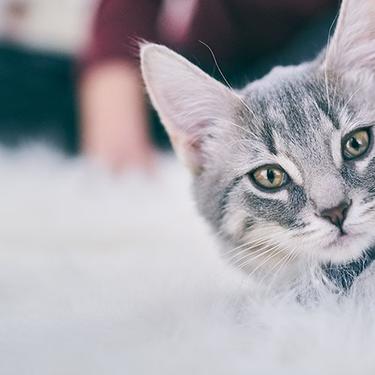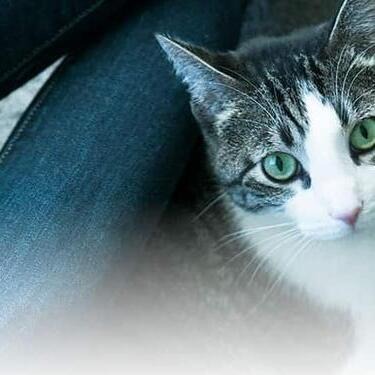
-
Find the right food for your pet
Take this quiz to see which food may be the best for your furry friend.
Find the right food for your pet
Take this quiz to see which food may be the best for your furry friend.
Featured products
 Small & Mini Savory Stew with Chicken & Vegetables Dog Food
Small & Mini Savory Stew with Chicken & Vegetables Dog FoodA delicious complement to the nutrition of Science Diet Small & Mini 7+ dog food
Shop Now Adult Healthy Cuisine Roasted Chicken, Carrots & Spinach Stew Dog Food
Adult Healthy Cuisine Roasted Chicken, Carrots & Spinach Stew Dog FoodDelicious roasted chicken paired with tender vegetables in a succulent stew
Shop Now Adult 7+ Perfect Digestion Chicken, Whole Oats & Brown Rice Recipe Dog Food
Adult 7+ Perfect Digestion Chicken, Whole Oats & Brown Rice Recipe Dog FoodScience Diet's breakthrough nutrition supports ultimate digestive well-being & healthy microbiome for dogs age 7+
Shop NowFeatured products
 Adult 7+ Tender Tuna Dinner Cat Food
Adult 7+ Tender Tuna Dinner Cat FoodWith delicious chunks in a decadent gravy
Shop Now Adult Savory Entrée Can Variety Pack Cat Food
Adult Savory Entrée Can Variety Pack Cat FoodPrecisely balanced nutrition with the delicious taste of savory minced chicken to help fuel the energy needs of cats during the prime of their life
Shop Now Adult 7+ Senior Vitality Chicken & Vegetable Stew Cat Food
Adult 7+ Senior Vitality Chicken & Vegetable Stew Cat FoodImproves Everyday Ability to Get Up & Go
Shop Now -
Dog
- Dog Tips & Articles
-
Health Category
- Weight
- Food & Environmental Sensitivities
- Urinary
- Digestive
- Joint
- Kidney
-
Life Stage
- Puppy Nutrition
- Adult Nutrition
- Senior Nutrition
Cat
- Cat Tips & Articles
-
Health Category
- Weight
- Skin & Food Sensitivities
- Urinary
- Digestive
- Kidney
-
Life Stage
- Kitten Nutrition
- Adult Nutrition
Featured articles
 Why Are Dogs and Cats So Cute?
Why Are Dogs and Cats So Cute?If waggy puppy dog tails and furry kitten yawns make you swoon, you're not alone. Why are cats so cute? And, dogs too! Let's find out!
Read More Does My Pet Hate Me?
Does My Pet Hate Me?Learn tips for bonding with your pet if you've ever thought, 'My dog doesn't like me, or 'Why do I have a standoffish cat?'
Read More Do Dogs and Cats have Belly Buttons?
Do Dogs and Cats have Belly Buttons?Learn whether cats & dogs have belly buttons like humans, what the function is, and if there are any health concerns associated with it.
Read More -


If you've noticed your cat has been scratching more than normal, you probably should consider that they could be hosting tiny parasites known as cat fleas.
How did your cat become infested? How do you get rid of them? Read on for the answer to those questions and more about cat fleas.
How Did My Cat Get Fleas?
One study detailed in Veterinary Parasitology found a flea that could jump 19 inches in one hop, or 160 times its body length. These jumping skills help these nonflying parasites travel easily from the ground to a new host or from host to host. Animals commonly found in your backyard — such as raccoons, mice, possums and others — more than likely carry fleas and can leave behind fleas or larvae in your yard that can easily enter your home by hitchhiking on you or a dog coming in from outdoors. Fleas can easily jump from pet to pet, no matter the species. Your cat could even simply have attracted a flea by sitting peacefully in front of their favorite screened window.

How to Identify Fleas on Your Cat
Just one flea can turn into a major infestation in a short time, as a single female can lay up to fifty eggs a day, according to the University of Kentucky. The most obvious sign of a flea infestation is a cat obsessively scratching their body. Cornell University College of Veterinary Medicine writes that fleas most frequently bite cats on the back of the neck and the top of the tail head. Since they can't reach these places with their tongues while grooming, it means they have to scratch.
If you suspect your cat has fleas, run a fine-tooth comb through their coat while they stand on a white piece of paper or a white towel. If they do have fleas, you'll more than likely dislodge tiny black specks (flea feces) and maybe even a flea or two that you'll be able to easily spot on the white background. You can see fleas with the naked eye.
What Health Problems Do Fleas Cause?
Cat fleas can be more than an irritant; sometimes they can be the cause of other serious health issues. For instance, writes Cornell, fleas can transmit tapeworms, or their bloodsucking can lead to anemia if your cat is still a lightweight kitten or the flea burden is high.


Tasty Tips
Treating and Preventing Fleas
Ready to put the "no vacancy" sign out for these tiny freeloaders? Your first course of action is to call your vet to get advice and treatment options. Your vet might also suggest having your cat tested for tapeworms and other diseases.
Not only do you have to treat your cat, you also have to remove all pests from your home to prevent reinfestation. It will take careful vacuuming, washing and maybe an exterminator to effectively rid your home of all pests.
You can prevent fleas from coming back by using one of the proven flea and tick repellent products on the market, even on indoor cats. Flea and tick products for pets are regulated by either the Food and Drug Administration (FDA) or the Environmental Protection Agency. Products approved by those federal regulators must show that the drug or pesticide they are marketing actually works, and that it meets up-to-date safety standards to protect pets, people and the environment. These products come in a variety of forms such as spot-on applications, pills, or collars. Make sure the repellent you choose is safe for your cat, since a dog-safe product may harm them. It is wise to purchase your flea and tick products from your veterinarian as some over-the-counter and natural products can be ineffective or particularly harmful to certain pets.
Your vet will likely recommend treating your cat throughout the entire year.. Flea season typically peaks in warmer months, but in some parts of the country can last year-round. You may think you have the cleanest kitty in the world, but fleas can affect any pet. So keep a watchful eye to make sure your cat is happy, healthy and itch-free.


Kara Murphy is a freelance writer and pet parent who lives in Erie, Pa. She has a goldendoodle named Maddie.
Related products

Improves Everyday Ability to Get Up & Go

Precisely balanced nutrition with the delicious taste of savory minced chicken to help fuel the energy needs of cats during the prime of their life

With delicious chunks in a decadent gravy

Supports energy level and beautiful fur in mature cats
Related articles

Discover which cat toys games your feline friend might like, and how they are great sources of exercise. Explore our library of articles to learn more.

Discover the benefits of Hill's line of kitten foods and how they provide complete and balance nutrition for growing kittens.

Discover how to identify cat sensitive skin and what you can do to help your cat thrive from head to paw.

Brushing your cat's teeth is just as important as brushing your own. Learn signs or oral health problems in your cat and how to avoid them.

Put your cat on a diet without them knowing
Our low calorie formula helps you control your cat's weight. It's packed with high-quality protein for building lean muscles, and made with purposeful ingredients for a flavorful, nutritious meal. Clinically proven antioxidants, Vitamin C+E, help promote a healthy immune system.
Put your cat on a diet without them knowing
Our low calorie formula helps you control your cat's weight. It's packed with high-quality protein for building lean muscles, and made with purposeful ingredients for a flavorful, nutritious meal. Clinically proven antioxidants, Vitamin C+E, help promote a healthy immune system.

